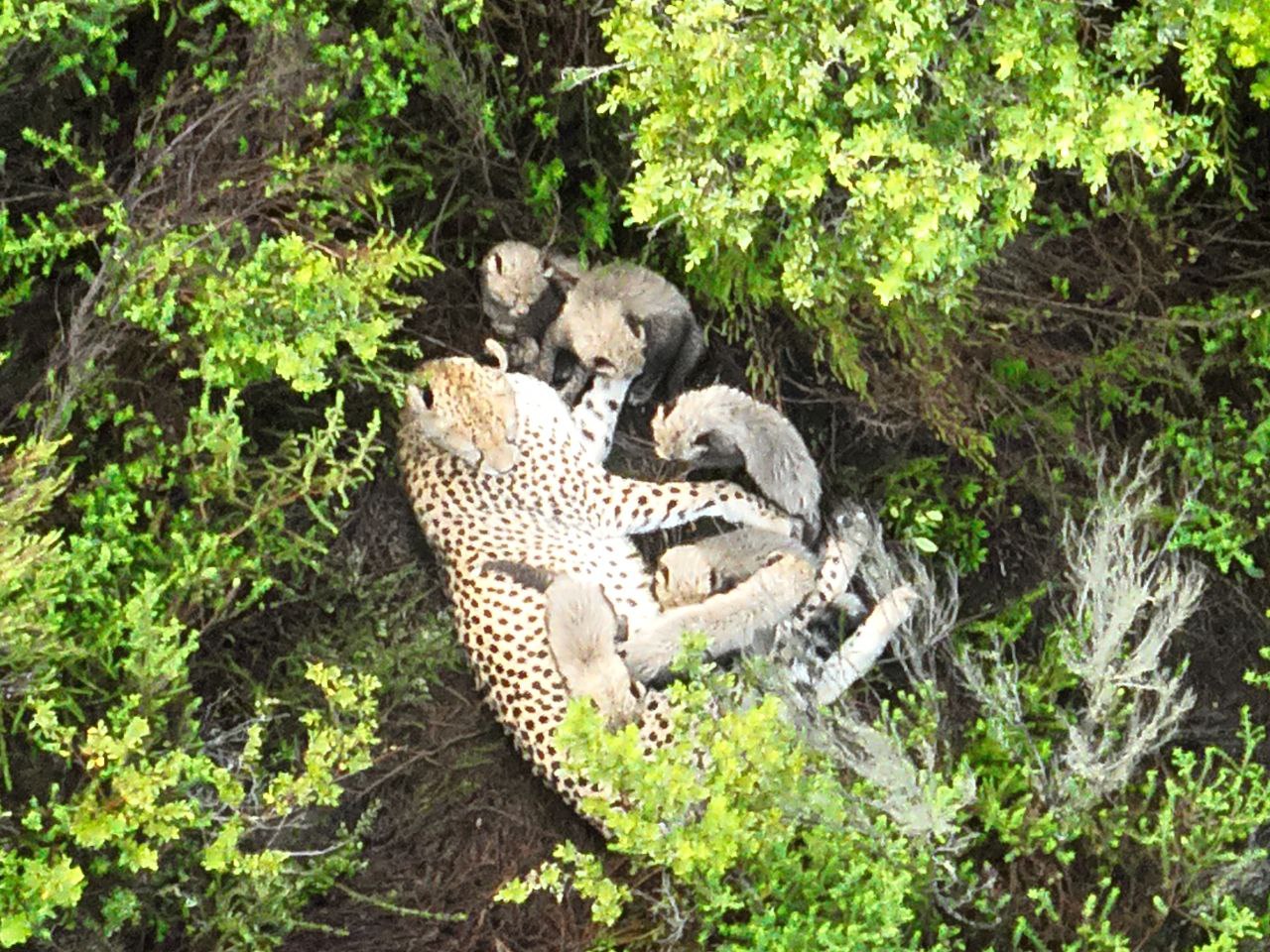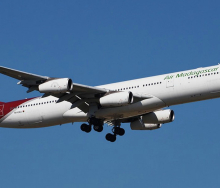Lalibela Wildlife Reserve in the Eastern Cape has spotted a litter of six cheetah cubs in the reserve.
With fewer than 7 000 cheetahs remaining in the wild, each birth carries profound significance for the endangered species.
The cubs, only three weeks old and huddled close to their mother, were first seen on the reserve’s thermal cameras.
“These cubs represent the next chapter in our ongoing cheetah conservation story,” said the reserve’s GM, Johann Lombard. “While they’re certainly something to celebrate, we're simultaneously implementing a comprehensive genetic management strategy to ensure these cats have a sustainable future both at Lalibela and as part of the broader meta-population across South African reserves.”
Lombard explained that the highly specific genetic traits of cheetahs were a challenge to conservation of the species.
“What many visitors don't realise when they witness these magnificent animals is that they're looking at one of the most genetically uniform species on the planet. The global cheetah population is descended from about 10 breeding pairs, and today's cheetahs all carry virtually identical genetic blueprints.”
This restricted gene pool often results in high cub mortality rates, reduced reproductive success and heightened vulnerability to disease.
Visitors to Lalibela may be lucky enough to glimpse the mother cheetah hunting at dawn or dusk, although she is likely to keep the cubs hidden for several more weeks as she regularly relocates them to new hiding places to protect them from potential predators.















